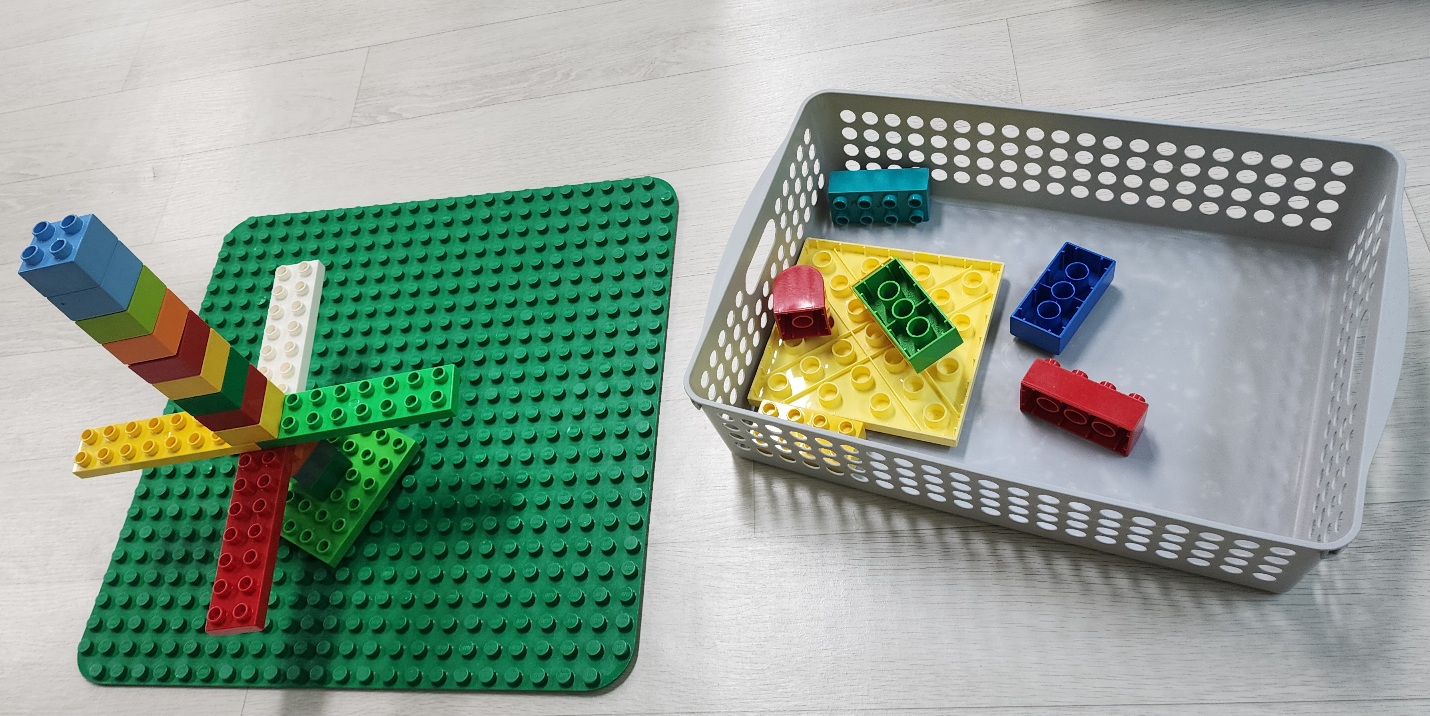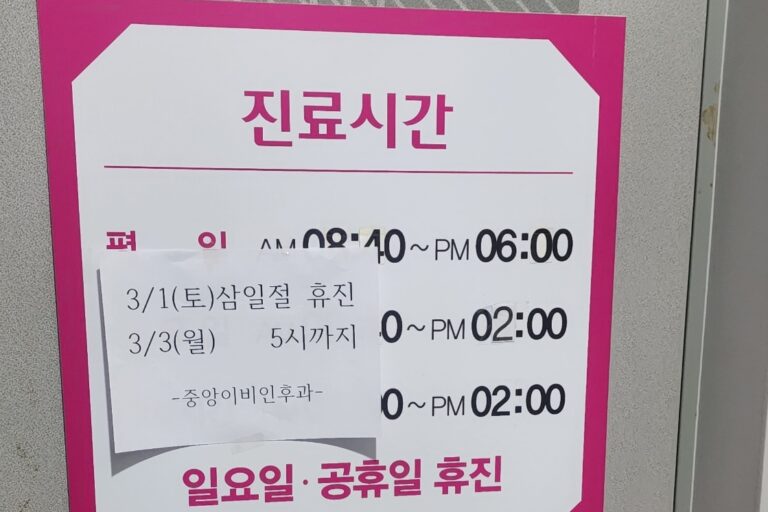2 Review:A LEGO class for children
It was the second time I had the pleasure of attending a LEGO class with my child. Today’s challenge involved constructing a park, with the merry-go-round being the central focus. I observed the class structure more closely this time. Initially, there was a brief introduction highlighting the positive aspects of LEGO, followed by a video showcasing the project with a storyline. The main activity involved assembling the pieces. A unique LEGO component, consisting of two thin pieces combined to function separately and form a circle, served as the spine of the merry-go-round. My son was tasked with placing animals on the wings, but they proved fragile, leading him to repeatedly create stands for them. He became disheartened and lost interest in rebuilding it. He seemed unmotivated to decorate his theme park.
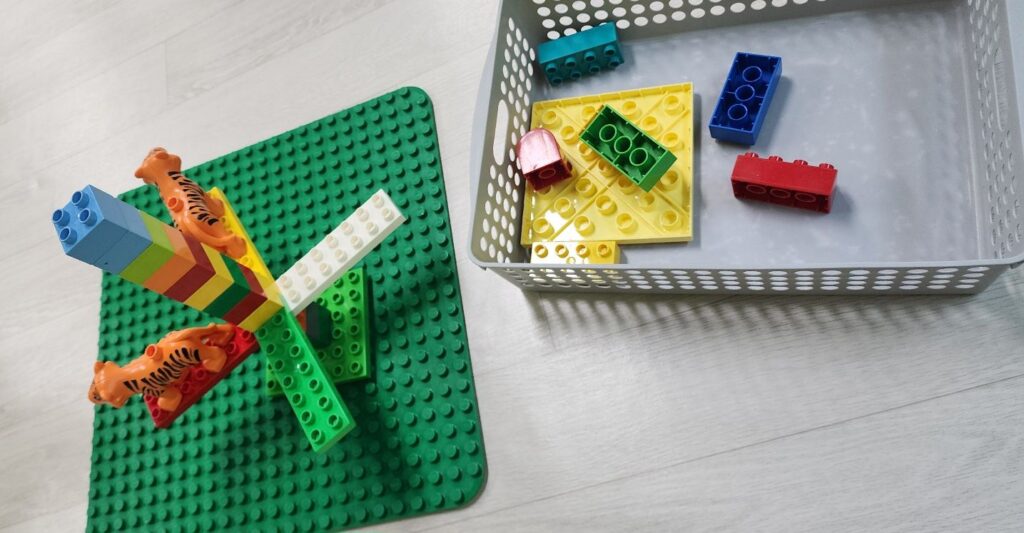
Observing the other children’s parks, which were remarkably detailed with various animals, people, and fences, I felt hesitant to build a LEGO park without my child’s assistance or to simply wait for him to complete his work while I watched. While I had an idea of what to do, the other guardians were actively helping their children create impressive parks, and the children displayed satisfied smiles. I found myself uncertain about my approach.
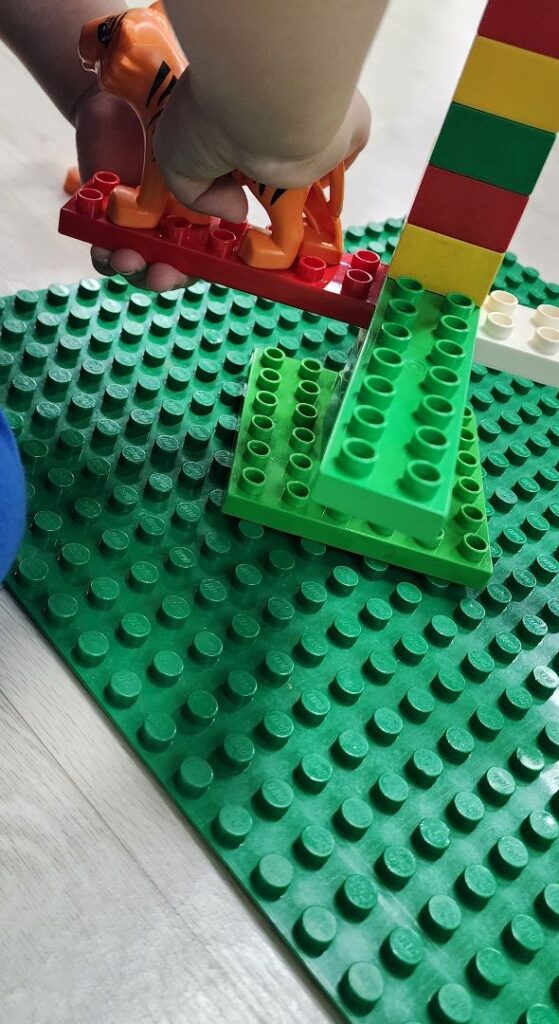
My parenting approach involves allowing children time to tackle challenging tasks on their own. I prefer to wait until they request assistance, but actual intervention is infrequent, as I want them to discover their capabilities. I understand why many parents enroll their children in “Hawkwon” (private tutoring academies) to ensure they keep pace with their peers.
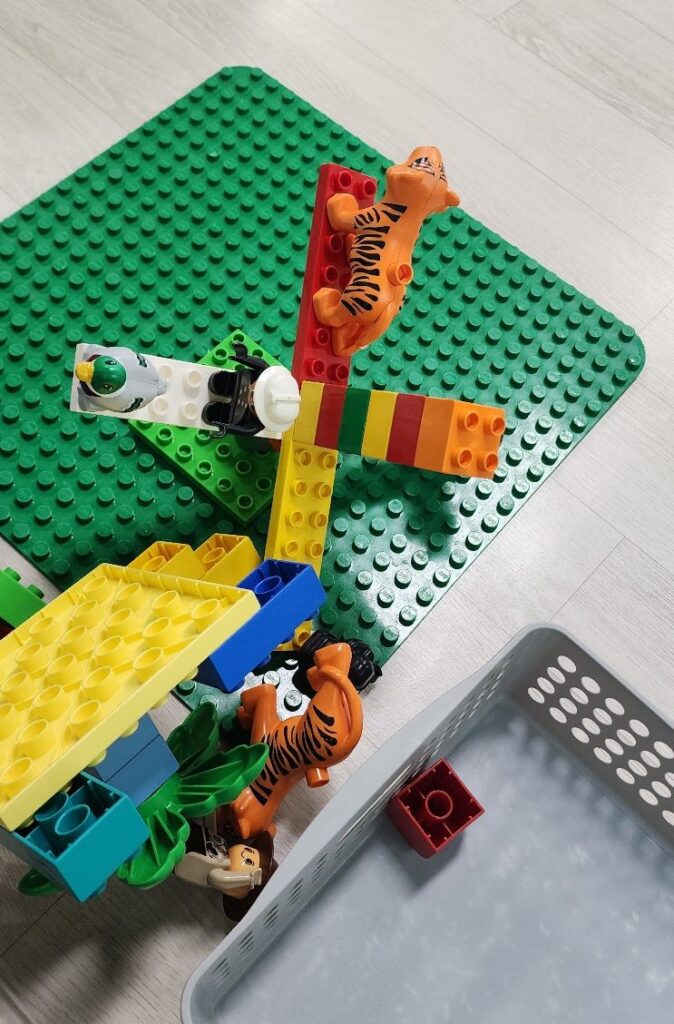
One reason children attend numerous “Hawkwon” even when it strains the family’s finances is the subtle social pressure to do so. In this Lego class, I was concerned about appearing unsupportive or taking a different path than the others. This initial lesson highlighted the difficulty of maintaining one’s course when others are heading in a different direction.

